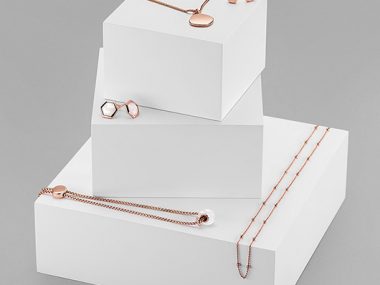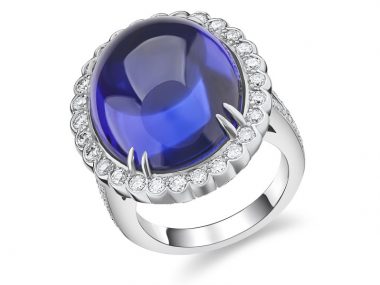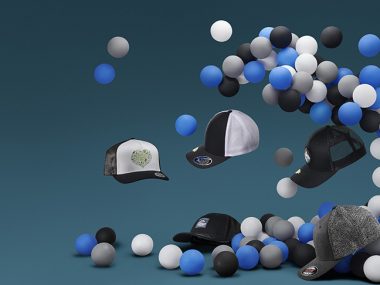
Cameras can be complicated equipment to use depending on how people use them. Photography Cameras create a visual record of the world around us. Professional photographers use digital cameras for product photography and other photography studio work. Cameras have various settings called camera modes that allow you to adjust the camera’s settings to control how you shoot.
Many people want to take a quick picture without adjusting automatic mode settings. However, professional photographers that take high-quality eCommerce Photography, for example, will use manual mode or an alternative camera mode.
Other modes are available for cameras, but automatic and manual modes are the most common and essential for photographers of any skill level. As a result, knowing how these modes work and when to use them are essential.
Most Important Camera Modes
For cameras, shutter speed and aperture are the most critical settings for photographers looking for manual control. Adjusting the shutter and aperture settings can make a massive difference in how an image looks.
When using a faster shutter speed, this freezes quick-moving objects like a car or a kicked football. Using a slower shutter speed lets the camera capture light more, which is useful when the scenery is dark such as in a low-light room. Using a wider aperture provides more light but makes the background blurry in return. Conversely, a narrower aperture keeps more of the frame in focus, helpful for landscape shots.
However, cameras need the correct amount of light for a well-exposed photograph when taking photographs. If your camera has too much light, your photo will be pure white. If the camera has too little light, it will be a pitch-black photo. Therefore, the camera must balance the aperture and shutter speed to get the correct light.
Luckily, shutter speeds & aperture have multiple pairs that produce the same exposure, which can help get the right results. For example, using f/1.8 & 1/125 would be equivalent to using f/11 for 1/8th of a second in your camera settings.
ISO is another vital camera setting for adjusting exposure. ISO is a number that informs the sensitivity and how much light your camera requires for a good photo. A higher ISO results in more sensitivity. Lower ISOs means more light, wider apertures, and slower shutter speeds are needed.
If adjusting these settings sounds confusing, the camera’s automatic modes handle all these elements to avoid frustration.
What Kind of Control Do You Want With Your Camera ?

Automatic and manual modes are available on every DSLR & mirrorless camera on the market. You can change the automatic mode setting by changing the dial to the prominent “A” symbol, but it may have another name, dependant on which camera you use. Sony’s automatic mode is “superior auto,” and Canon names it “intelligent scene auto”, for example. Automatic mode controls every part of the camera’s frame that the user wants to take.
Manual mode allows every setting to be adjusted to suit what they need. Automatic mode will give you a useable image as the camera adjusts the settings. Manual mode will let the camera shoot based on the settings you have given the camera, so getting the right settings is mandatory.
Some automatic camera modes allow the user to tell the camera to pick appropriate settings like portrait and sport modes. These modes are variations of automatic mode. A combination of the following automatic modes in your camera:
- Auto flash off (automatic, but won’t use the camera’s built-in flash)
- Portrait
- Landscape
- Close-up (such as jewellery photography)
- Night portrait
- Sports
- Children
Other camera modes lean closer to manual mode and allow control of some settings without changing every setting. The program mode acts as an in-between manual and automatic, allowing the camera to choose a shutter speed and aperture. Then, the user selects a pair of values that will provide the same exposure.
Summary
Overall, automatic mode and its variations are much easier to use for beginner photographers. The unnecessary need to understand the correct settings to take photos with the right exposure and look technically decent makes it easier for anyone to use. However, you limit how much you can express yourself creatively with your photographs.
Looking to branch out into videography? Read more here.







1 comment